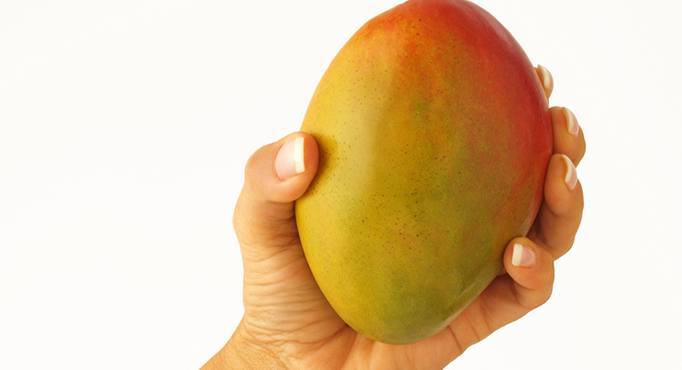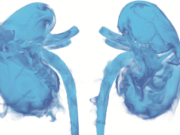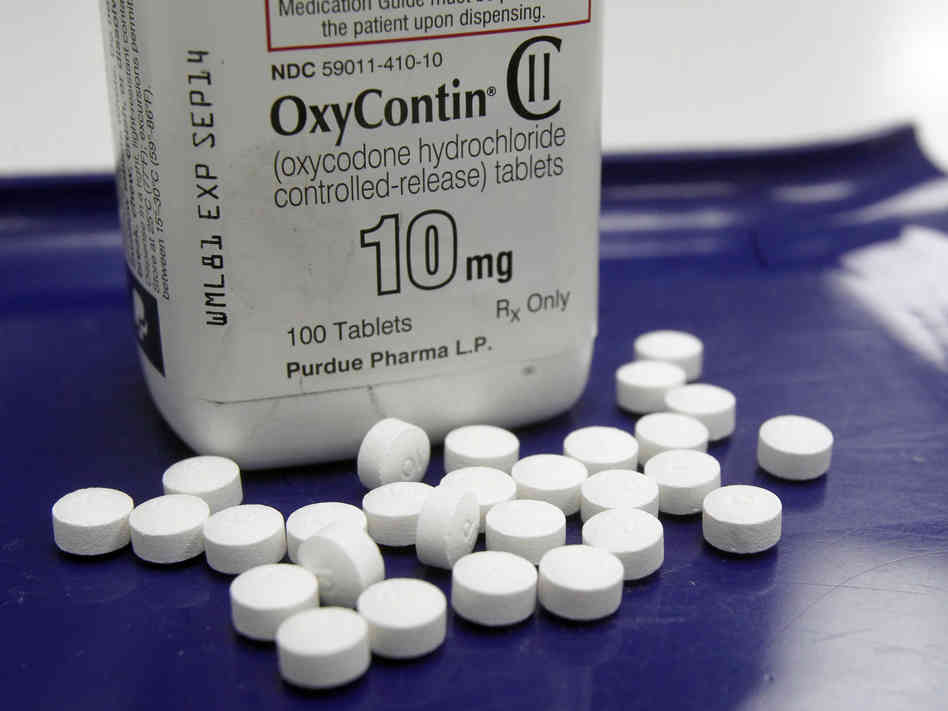“The king of the fruits”, mango fruit is one of the most popular, nutritionally rich fruit with unique flavor, fragrance, taste, and heath promoting qualities.
Mango is one of the delicious tropical seasonal fruit and believed to be originated in the sub-Himalayan plains of Indian subcontinent. Botanically, this exotic fruit belongs to the family of Anacardiaceae, a family that also includes numerous species of tropical fruiting trees in the flowering plants such as cashew, pistachio etc.

Mango is a tropical tree cultivated in many regions of India and now distributed wide across the world in many continents. The English word “mango” originated from the Tamil word māṅgai or mankay.
Outer skin is smooth and is green in un-ripe mangoes but turns into golden yellow, bright yellow or orange-red when ripen depending on the cultivar. A high quality mango fruit should feature no or very less fiber content and minimal sour taste. Mango seed may either has a single embryo, or sometimes polyembryonic.

Mango`s Health benefits:
According to new research study, mango fruit has been found to protect against colon, breast, leukemia and prostate cancers.
Mango fruit is rich in pre-biotic dietary fiber, vitamins, minerals, and poly-phenolic flavonoid antioxidant compounds.
Mango fruit is an excellent source of Vitamin-A and flavonoids like beta-carotene, alpha-carotene, and beta-cryptoxanthin. 100 g of fresh fruit provides 765 mg or 25% of recommended daily levels of vitamin A. Together these compounds are known to have antioxidant properties and are essential for vision. Vitamin A is also required for maintaining healthy mucus membranes and skin. Consumption of natural fruits rich in carotenes is known to protect body from lung and oral cavity cancers.
Fresh mango is a very rich source of potassium. Potassium is an important component of cell and body fluids that helps controlling heart rate and blood pressure, makes good alkaline effect on inner fluids.
It is also a very good source of vitamin-B6 (pyridoxine), vitamin-C and vitamin-E. Consumption of foods rich in vitamin C helps body develop resistance against infectious agents and scavenge harmful oxygen free radicals. Vitamin B-6 or pyridoxine is required for GABA hormone production in the brain. It also controls homocystiene levels in the blood.
Copper is a co-factor for many vital enzymes, including cytochrome c-oxidase and superoxide dismutase (other minerals function as co-factors for this enzyme are manganese and zinc). Copper is also required for the production of red blood cells.

Mangoes are widely used in cuisine. Sour, unripe mangoes are used in chutneys, athanu, pickles, or side dishes, or may be eaten raw with salt, chili, or soy sauce. A cooling summer drink called panna or panha comes from mangoes. Mango jelly made of mango pulp called mamidi thandralu in Telugu and mambazha vettu in Tamil is very popular. A dish called mamidikaya pappu in Telugu and mangai paruppu in Tamil, where mangoes are cooked with red gram dhal and green chillies, is served with cooked rice and clarified but raw mangoes are typically eaten fresh; however, they can have many other culinary uses. Mango lassi, a popular drink made throughout South Asia, is created by mixing ripe mangoes or mango pulp with buttermilk and sugar. Ripe mangoes are also used to make curries. Aamras is a popular pulp/thick juice made of mangoes with sugar or milk, and is consumed with bread, rice or pooris. The pulp from ripe mangoes is also used to make jam called mangada.

























